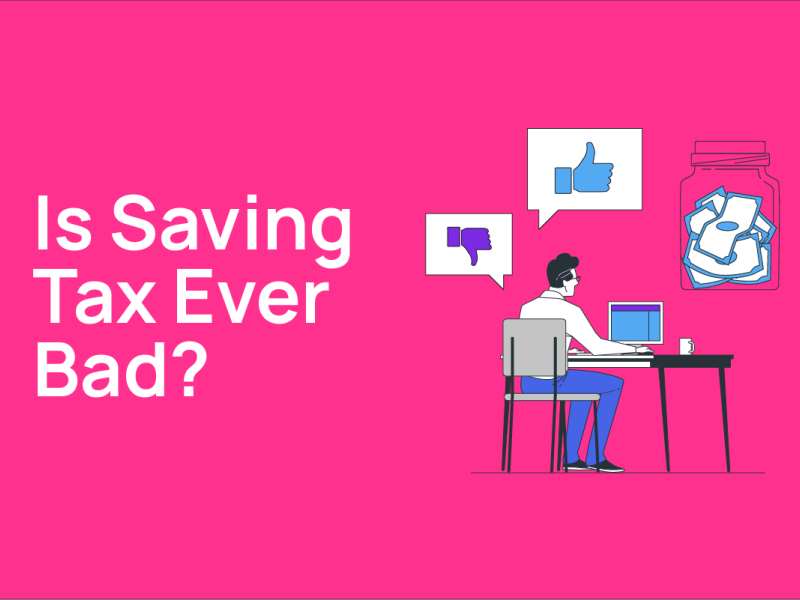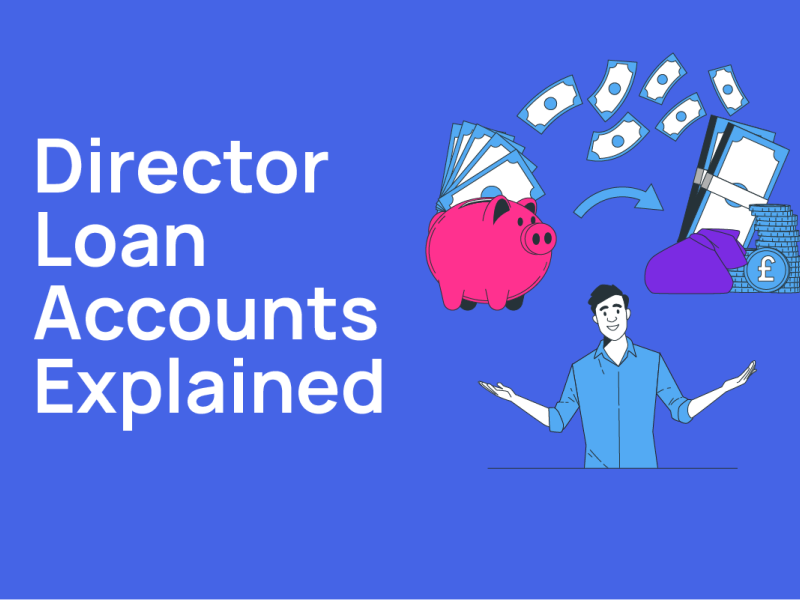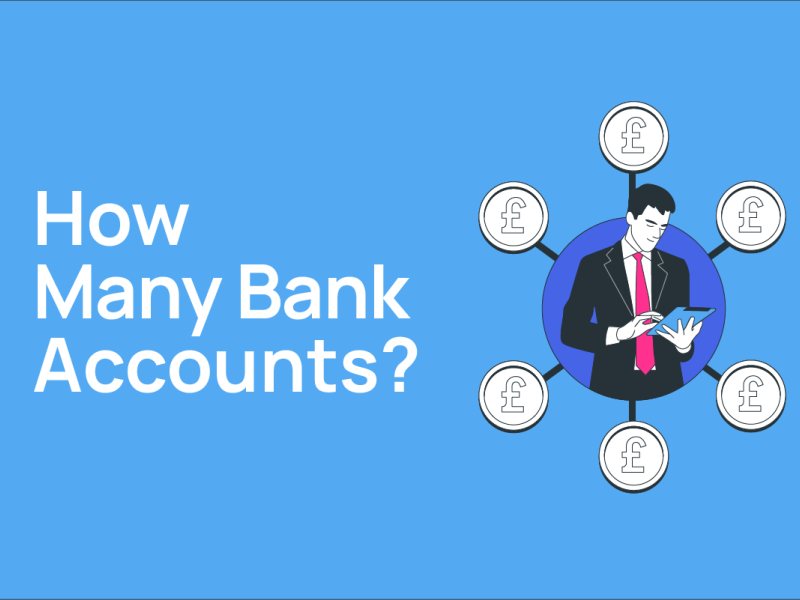Yearend Tax Tips - 2024 Tax Year
-
Richard Jackson - 26/02/2024

We are fast approaching the end of the 2023/24 tax year (April 5 2024), so now is an excellent time to review key tax thresholds and allowances to maximise any and all available tax savings.
This checklist is designed as a summary of the key areas to consider.
Dividends
Up to April 5, 2024, taxpayers can have £1,000 in dividends tax-free from all companies that pay dividends (including their personal companies).
Shareholders should ensure that they take their tax-free dividend allowance before April 5 2024. For the next tax year (2024/25), the tax-free dividend allowance will be reduced to £500.
It is important to appreciate that this is not a blanket allowance. If a shareholder only has a minority shareholding in a family company, then the dividends must be paid according to their shareholding.
For example:
Mrs X has a 75% shareholding, and Mr X has a 25% shareholding to maximise their tax-free allowance (assuming that the company has distributable reserves to cover the dividend payments), Mrs X could have £5,000 of dividends (representing her 75% holding), and Mr X could have £1,667 (his 25% share).
What you cannot do is for one spouse to waive a dividend to give it to the other spouse. If this happens, then the settlements legislation will trigger, and the "excess" dividend will boomerang back on the donor spouse.
You may need to alter your share structure with additional classes of shares to allow for more flexibility when distributing profits via dividends.
It is also important that proper dividend certificates support the dividends; you can download our template here.
4 Costly Mistakes Business
Owners Make with Dividends
Imagine paying dividends for years, thinking you're doing everything right. But then, one day, you discover you've made a costly mistake that could ruin your business. A mistake that could have been avoided.
Don't let this happen to you. Learn the 4 common dividend errors that can destroy your business - and how to prevent them.

Capital Gains Tax
Currently, the Capital Gains tax allowance is £6,000, below which your gain isn't subject to tax. CGT rates are 10% for basic taxpayers and 20% for higher and additional rate taxpayers. Residential property gains are subject to an extra 8%.
As with the tax-free dividend allowance, the tax-free capital gain allowance is being cut in half for 2024/25 to just £3,000.
Key Income Thresholds
For those with control of the income, they declare the critical thresholds to be £50,000 and £100,000.
Remember, income thresholds are based on all income sources, salary, dividends, rent and taxable benefits.
Income over £50,000
Income over £50,000 will trigger the High Income Child Benefit Charge. This income level is applicable to either you or your partner. The charge claws back any child benefit received at a rate of 1% for every £100 earned over £50,000, up to £60,000. Beyond £60,000, you lose all entitlement to Child Benefit and will have to return payments received in the year.
Income over £50,270 is also subject to the higher rate of income tax (40%) and dividend tax (33.75%).
Income over £100,000
For every £2 you earn over £100,000, you lose £1 of your tax-free personal allowance (£12,570). This can result in an effective tax rate of 60% on income between £100,000-£125,140.
In addition, if one parent's income is above £100,000, you lose eligibility for tax-free childcare.
Currently, the scheme offers you up to £2,000 towards childcare costs per year.
Note: Pension contributions are deductible in calculating the £100,00, which brings us nicely onto pensions.
Pension Contributions
The annual allowance for pension contributions is one of the only benefits to have been increased this year from £40,000 to £60,000, although the lifetime allowance remains unchanged at £1,073,100.
Pension contributions are extremely tax efficient, but calculating entitlement has so many moving parts professional guidance is recommended. It's certainly worth speaking to your accountant or financial advisor regarding your contributions as we head towards the end of the tax year.
Benefits in Kind
There are some benefits that do not trigger benefit in kind tax charges. These include pension contributions made by the company (see above) and trivial benefits.
The trivial benefits rule allows an employer (this is wider than just companies) to give gifts that do not exceed £50 per gift (VAT inclusive) and for that gift not to trigger a tax charge on the employee.
For small companies (these are companies controlled by five or fewer directors/ shareholders and referred to as 'close companies'), there is an additional spending limit of £300 per annum per director.
Other tax-free benefits include an annual medical check-up and the provision by the employer of one mobile phone per director/employee. A company contract must be in place, not the company reimbursing employees' personal contract.
Charity Contributions
These are allowable in the company's books. Still, please note that the gift-aid rules will cover personal contributions to charities and allow for higher-rate tax relief for higher-rate taxpayers.
Tax-Free Savings Allowance
Some tax-free savings allowances are available, which may be of marginal interest to company directors and shareholders. The most important would be the Personal Savings Allowance (PSA), which is £1,000 for a basic taxpayer and £500 for a higher rate taxpayer (nothing for an additional rate taxpayer).
Practically, this means that if a director has made a loan to their company, then that director can charge some interest (at a reasonable rate of interest, but certainly no more than 8% per annum (the legal rate of interest used by solicitors) and this will be tax-free up to £1,000 per annum for a basic rate taxpayer.
Spousal Salaries
It is possible to pay spousal salaries, but they must be linked to the duties performed. Remember that if you pay below the Lower Earnings Limit of £123 per week, £6,396 (based on 2023/24 thresholds), your spouse will not be eligible for a Qualifying Year (QY) for state pension purposes.
Between £123 and £242 per week, employees record a qualifying year but do not pay national insurance.
ISA Allowance
Don't forget you have an annual ISA allowance of £20k. You can choose to invest the total amount between different types of ISA, provided you stay within the annual limit.
Drawing additional salary or dividends from your company to deposit the funds into an ISA is not advisable if those funds will attract further tax. The reason is that the tax rate suffered, even in the basic rate band, is usually much higher than the expected return from a standard ISA investment.
For a company owner, pension payments make more sense from a purely tax efficiency standpoint, but they obviously lock money away, so they lack the flexibility of an ISA.
Overdrawn Directors Loan Account
Check your drawings! This one is more applicable to your company year-end rather than the tax year, but it's always best to keep this in check.
Remember that if a director has taken too much by way of dividends from the company in a tax year and these cannot be covered by post-tax profits either generated in a year or retained from previous years, then the result will be an overdrawn director's loan account.
If the loan is not paid back by nine months after the company year's end, the company will have to pay an additional corporation tax at 33.75% of the loan to HMRC, which will only be recoverable when the loan is repaid.
Suppose you are using a blend of Salary and Dividends to remunerate yourself. In that case, you must be careful that your company generates enough post-tax profits to cover the dividend element. It's best to keep your monthly drawings low and balance them at year-end with a bonus dividend once you can be confident the company has the required reserves.
Final Note
The checklist summarises various points to consider as we head into the end of the tax year.
Each situation is different, and we strongly recommend getting advice from your accountant tailored to your circumstances. Hopefully, this checklist has given you a quick reminder of things you should discuss with your advisor.
Download our Free Guide
4 Costly Mistakes Business Owners Make with Dividends
Imagine paying dividends for years, thinking you're doing everything right. But then, one day, you discover you've made a costly mistake that could ruin your business. A mistake that could have been avoided.
Don't let this happen to you. Learn the 4 common dividend errors that can destroy your business - and how to prevent them.



